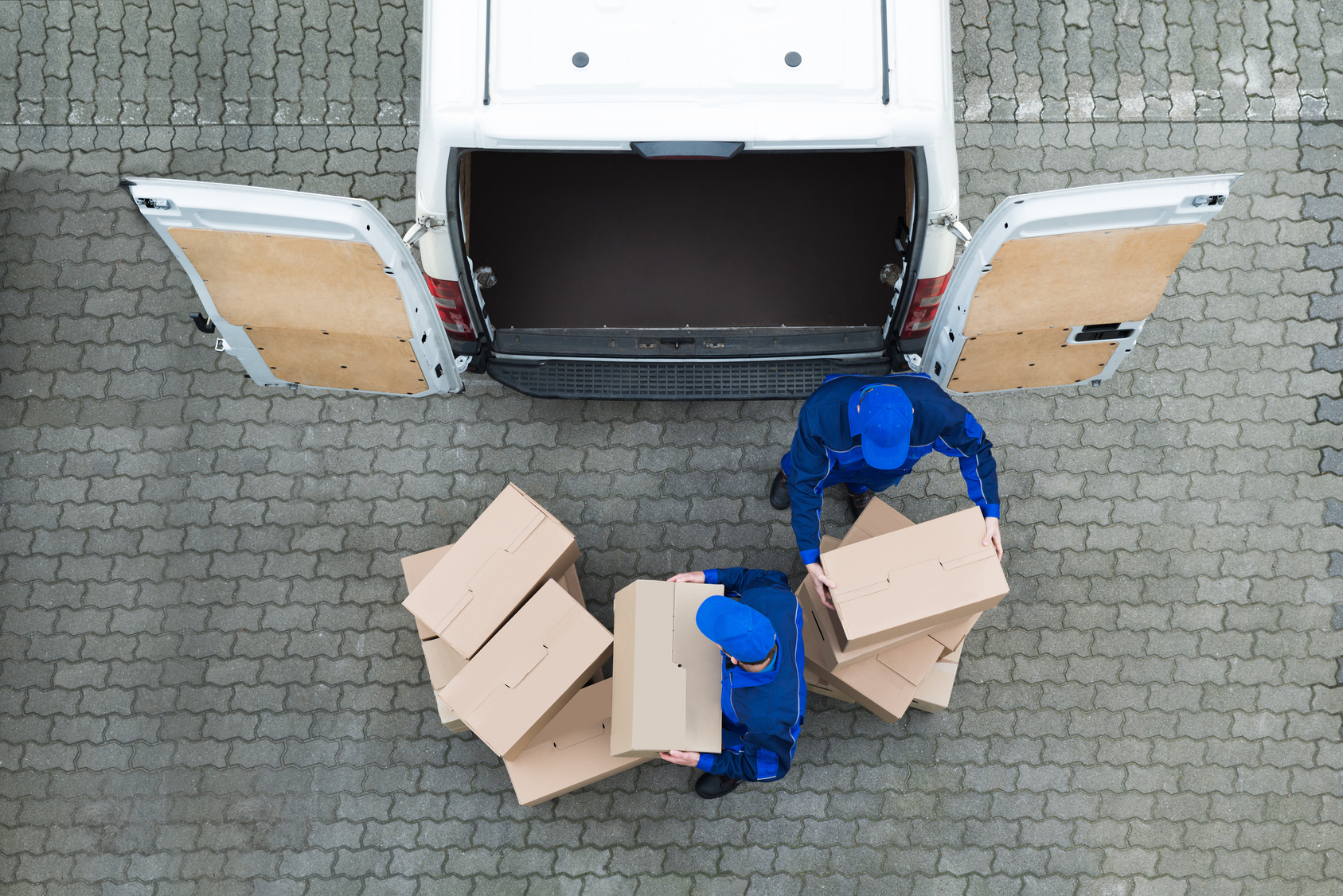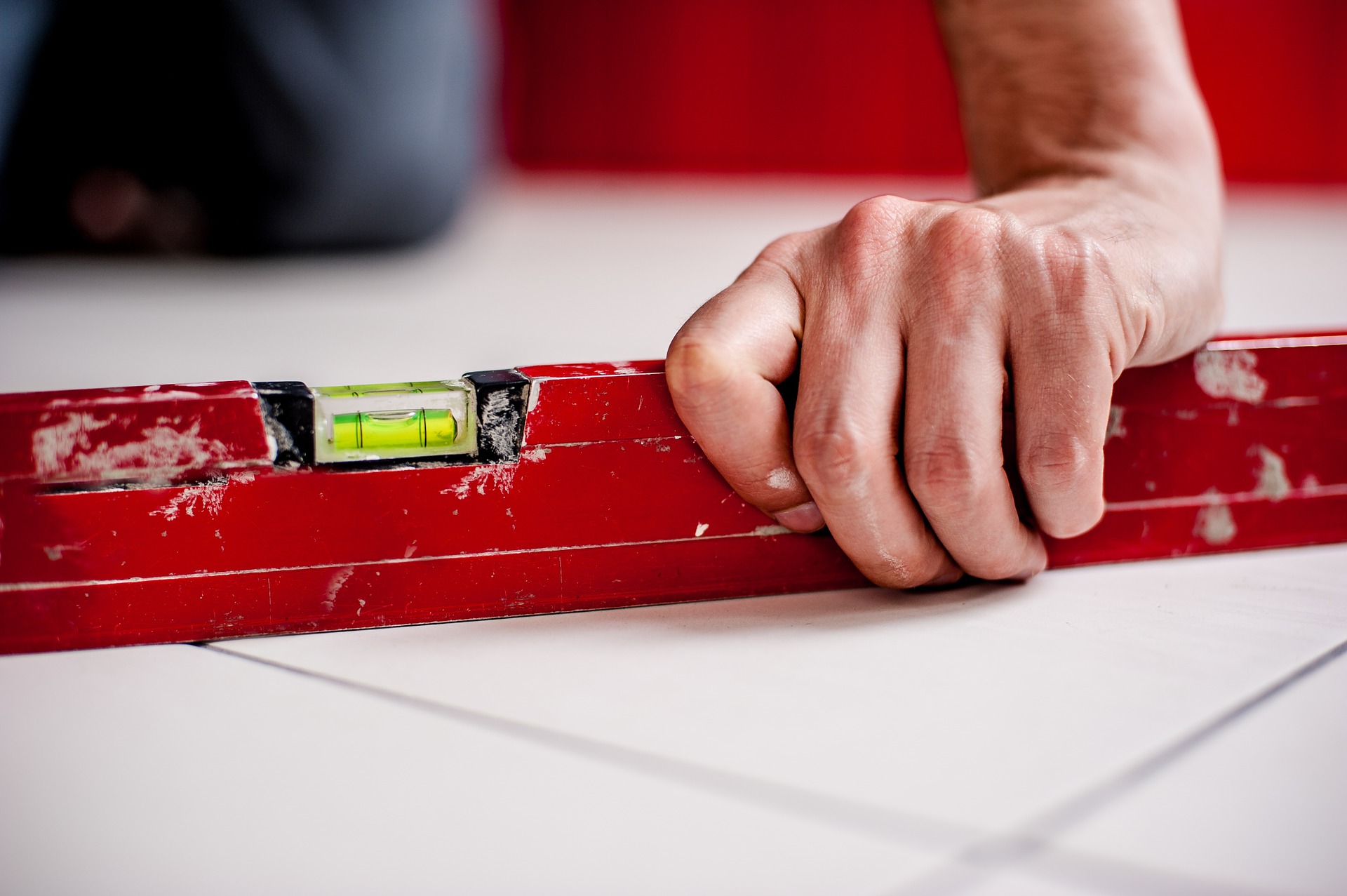All you need to know to get your goods delivered safely
When having your items transported by a haulage company you hope they will do a good job. You expect goods you bought online or a parcel your family sent you to look untouched upon arrival. Surely, most transport providers try to keep their service up to high standard, cause the good quality of service is actually one of the most important factors when it comes to gaining new customers. In spite of it, sometimes deliveries arrive damaged and somebody needs to take responsibility for that. Who? How can you claim a refund in such situation? What can you do to prevent it in the future?
To decrease the risk of getting your items damaged while being delivered we will provide you with some practical tips and actions you can take to get them delivered safely.
Before sending your delivery with a transport provider:
- How to choose your transport provider? What to look for?
- What documents should you sign before the transport provider take over your items?
In case of any problems:
- Who to contact?
- Who is responsible for the damage that’s been done?

How to choose your transport provider? What to look for?
It’s best to choose the reliable transport provider, that’s for sure. The question is how.
First and foremost, pay attention to the clients’ reviews, comments and referrals.
There isn’t a better source of information about the company and the reflection of service they provide than their clients. You may always stumble upon some negative, unfair opinions, but that’s just the way it goes. Though it shouldn’t stop you from checking transport provider’s profile and getting familiar with the jobs he has already done and how his clients rate it.
What if the company is fairly new and has not yet received sufficient feedback?
Well, then these are the steps you should take:
- Review transport provider’s profile
- See what type of transport jobs has already been done by this company
- Contact this transport provider to ask for any important details
- Remember to ask about the insurance plan, it will be crucial if your items are damaged while being transported
Remember, forewarned is forearmed!
What documents should I sign?
CMR, a consignment note is most commonly used document to ensure that both parties (you – sender and the carrier) know their responsibilities.
As explained on www.gov.uk:
The CMR is a consignment note with a standard set of transport and liability conditions, which replaces individual businesses’ terms and conditions. It confirms that the carrier (that is, the road haulage company) has received the goods and that a contract of carriage exists between the trader and the carrier. Unlike a bill of lading, a CMR is not a document of title nor a declaration, although some states regard it as such. It doesn’t necessarily give its holder and/or the carrier rights of ownership or possession of the goods, although some insurance is included.
As far as the relation between the sender (not the trader) and the carrier is concerned, this document is the confirmation that you passed your items in a proper condition and you have every right to expect your delivery will reach the final location without a single scratch.
CMR note will suffice for both local (UK) and international transport within the EU.
What information should you put in the CMR note?
- the date and place at which the CMR note has been completed
- the name and address of sender, carrier(s) and consignee (the person to whom the goods are going)
- a description of the goods and their method of packing (the description should be acceptable to the consignor and consignee) – for security reasons, you do not always want the carrier to be able to identify valuable goods
- the weight of the goods
- any charges related to the goods, such as customs duties or carriage charges
- instructions for customs and any other formalities such as dangerous goods information
source: www.gov.uk
For extra safety, you may also make pictures of goods before transport.

Apart from that make sure your transport provider has an insurance plan. You can speak to the representative of the company personally about it. Some put the information about the insurance on their profiles. Thanks to this you will be sure that any expenses incurred for the damage or delay on transport provider’s side will be covered by his insurance company.
Damaged goods delivered. Who to contact?
Your parcel has been lost or damaged upon arrival, transport company was late to pick up your delivery or simply hasn’t shown up? If for any reason you think that the transport provider you trusted, let you down, neglected or cheated you should contact the police and/or ask your solicitor for advice.
It’s worth it to report to the police in writing. Your solicitor may help you in putting together a proper report, where you state what exactly happened, what items have been damaged and how. It will make police investigation much easier and quicker. In consequence, your case should resolve much more effectively.
If the goods have not been damaged, though, your transport provider came late to the destinated location, it’s best to report it as quickly as it is possible. When it comes to delayed delivery, the party that has been influenced by the delay needs to prove the damaged incurred for this delay. If you signed the CMR note, you have 21 days to report the delay.
Who is responsible for delivering the goods in a good condition?
It is a transport provider’s liability to ensure the goods are well secured and safe while they are in transport. When it comes to loading and unloading, it depends on what you angered on. If the transport provider included loading, unloading and packaging in his offer he is responsible for performing all these up to a good standard and take care of the goods.
The key is that both parties accept the agreement and agree on conditions and rules that it implies.
To sum it all up:
- Choose your transport provider wisely
- Check transport provider’s insurance
- Prepare a CMR note properly, include all the information needed in case you want to claim a refund in the future
- If the goods are damaged, do not hesitate to make a claim
- Contact the police or ask your solicitor for advice










